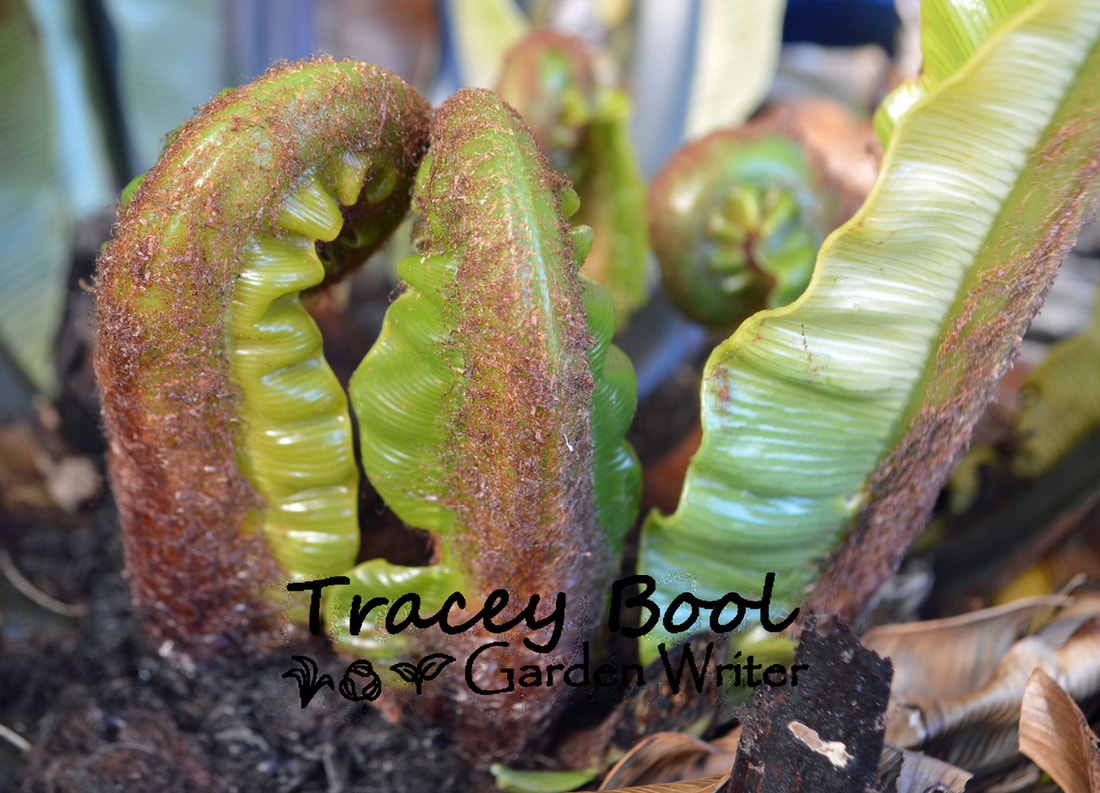|
Growing Ferns in Cool Climates
Ferns are an attractive addition to the garden, and if appropriate species are selected, it is possible to successfully grow them in our cool temperate climate. Ferns are especially useful as they often thrive in areas which are shady and damp – places where many plants fail abysmally. Ferns are attractive to wildlife, particularly beneficial insects, spiders, birds, frogs, skinks and lizards. Ferns also have showy, bright foliage, which creates interest in the garden landscape and gives a lush, cool feel to a courtyard or balcony. Ferns require a protected position, free from strong winds and hot summer sunlight. Enclosed areas such as courtyards and under decking suits them well, as do spots in established gardens alongside plants with similar requirements. Ferns also grow well in pots both indoors and outdoors. The soil medium for ferns needs to be well-drained, reliably moist, high in organic matter, and with a generous layer of mulch. Intermittent liquid fertilising with organic products such as worm tea or Charlie Carp is beneficial over the growing season. Cool climate ferns to try: Dicksonia antarctica, commonly known as soft tree fern, is widespread along the eastern states, including the ACT. It is a popular and reliable choice for backyard horticulture. D. antarctica can be purchased in a range of different sizes from immature tubes to those already established and often salvaged from clear-felled forests (these come with registration tags). If they are outgrowing their position, the trunk can be lopped, and the fern replanted. D. antarctica is relatively low maintenance providing the aspect and soil is suitable. Additional watering may be required over prolonged dry periods. Asplenium australasicum, commonly known as bird’s nest fern, also grow well in our climate. Ensure this show-stopping beauty is protected from direct frost and hot summer sunlight. They are relatively hardy and don’t tend to wilt at the first sign of drying out as many ferns do. Blechnum nudum, commonly known as fishbone water fern, is an easy-grow fern that tolerates a wide range of growing conditions, including cool temperatures and water logging. A widespread species, this fern is commonly seen growing in dry and wet sclerophyll forests, rainforests, and coastal areas, amongst others. It has attractive fronds of up to 60cm in length and can form a trunk of up to 1m depending on where it is growing. |

